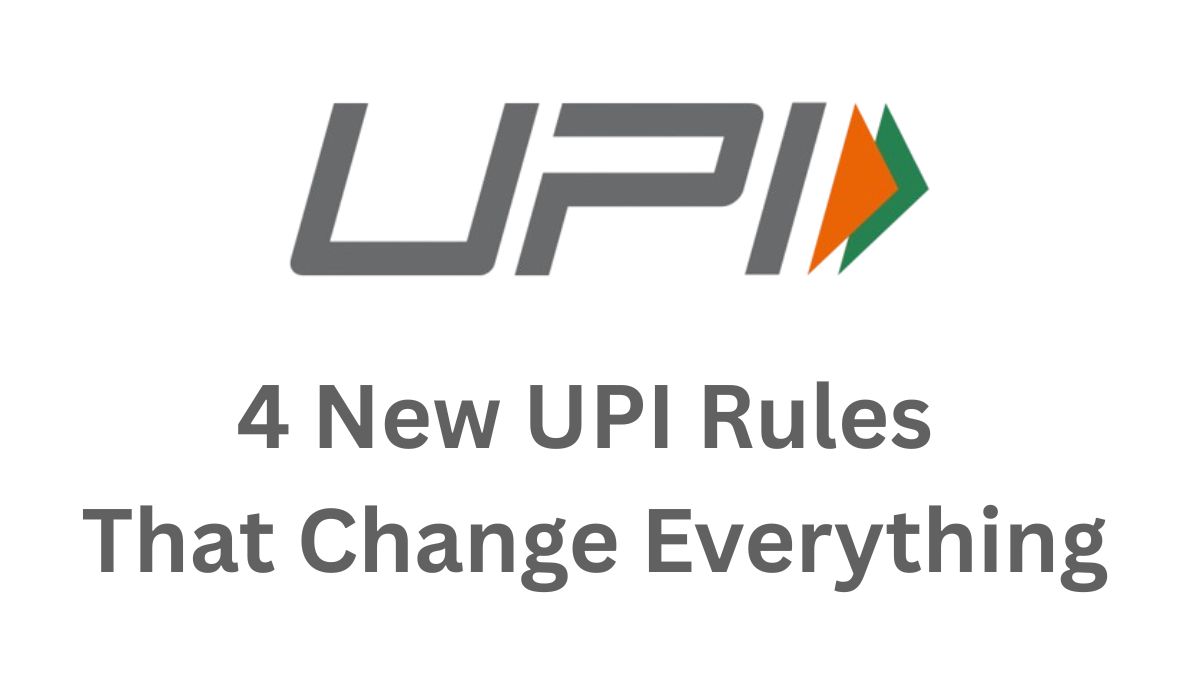The National Payments Corporation of India (NPCI) has rolled out significant UPI rule changes that went into effect from August 1, 2025. These modifications directly impact how millions of Indians use digital payments daily. Here’s what caught my attention in the official announcements and how these changes will affect your financial routine.
The Balance Check Revolution: 50 Times Daily Limit
Starting from August 1, UPI app users can check their account balance only 50 times a day per app, calculated on a rolling 24-hour basis. This represents a dramatic shift from unlimited balance checking that users previously enjoyed.
What makes this particularly significant is the system’s approach to transparency. Balance visibility after each transaction is now automatic – meaning every payment notification will display your remaining account balance. This actually eliminates much of the need for manual balance checks while keeping users informed about their financial position.
The data reveals this isn’t arbitrary – these daily caps are being introduced by NPCI to cut down on system traffic and prevent slowdowns or outages during peak usage. From a market stability perspective, this addresses the growing infrastructure pressure from India’s explosive UPI adoption.
AutoPay Timing Gets Restructured
Here’s where the changes become really interesting for regular bill payers. The new autopay scheduling represents a complete overhaul of when automatic payments can be processed.
According to the official guidelines I’ve analyzed, there are conflicting reports about the exact timing windows. The original announcement suggests autopay transactions will be restricted to specific time slots: 9:30 PM to 10:00 AM the next day, and 1:00 PM to 5:00 PM. However, other official sources indicate autopay mandates must now be executed only between 12 AM and 7 AM.
This timing restructure aims to distribute system load more effectively. If your Netflix subscription typically charged at 11:00 AM, expect potential timing shifts as platforms adjust to these new windows. The key insight here is that NPCI is prioritizing system stability over user convenience – a necessary trade-off given UPI’s massive scale.
Transaction Dispute Limits: New Restrictions
The dispute resolution changes represent perhaps the most significant shift for users who occasionally send money to wrong recipients. The new framework introduces strict monthly limits on chargeback requests.
Under the updated system, users can initiate dispute resolution requests only 10 times per month. More restrictively, you can request money back from the same account just 5 times monthly. This means payment accuracy becomes crucial – the days of casual “I’ll get it back if needed” attitudes are ending.
What’s particularly noteworthy is how this connects to the broader NPCI guidelines launched from February 15, 2025, using Transaction Credit Confirmation (TCC) to auto-accept or reject chargebacks, reducing manual intervention and lag. The system is becoming more automated but less forgiving of user errors.
Failed Transaction Status: The 90-Second Rule
The fourth major change introduces strict limits on checking failed payment status. Pending transaction status can only be checked three times at 90-second intervals. This seemingly minor change actually addresses a significant technical challenge.
When payments fail, anxious users typically check status repeatedly, creating additional system load during already problematic transaction periods. The 90-second interval requirement forces a cooling-off period that benefits overall system performance while still providing necessary status updates.
Market Context and Infrastructure Pressure
Examining these changes through a market lens reveals NPCI’s response to unprecedented growth pressures. Growing traffic has put pressure on banking APIs and raised concerns over payment delays, system overload, and fraud. The new rules collectively aim to address these infrastructure challenges.
Apps will no longer be allowed to run background balance checks, representing another technical optimization that reduces invisible system load. This change alone could significantly improve response times during peak
